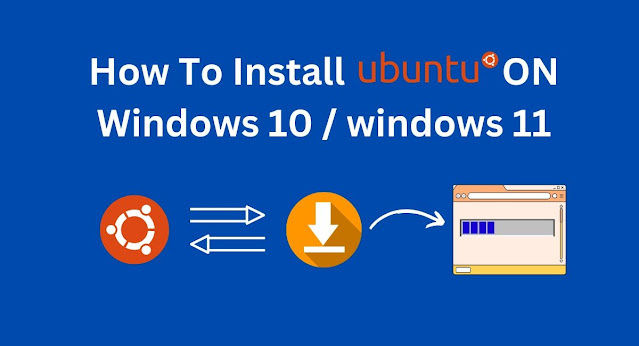Decoding Container Management: A Comprehensive Comparison of OpenShift, Rancher, and Tanzu
In the unexpectedly evolving panorama of cloud-native technologies, box control structures play a pivotal function in orchestrating and coping with containerized packages. Among the main answers are OpenShift, Rancher, and Tanzu. This article delves into the intricacies of those platforms, evaluating their capabilities, and strengths, and uses instances to help you make a knowledgeable decision on "OpenShift vs Rancher vs Tanzu."
Understanding Container Management
Container management systems are critical for deploying, scaling, and coping with containerized applications in a constant and automatic manner. They provide a unified interface to deal with various factors of box orchestration, inclusive of networking, storage, safety, and monitoring.
OpenShift vs Rancher vs Tanzu: Core Features
OpenShift
OpenShift, evolved via Red Hat, is a Kubernetes-based platform that offers a complete suite of gear for field orchestration. It offers sturdy organization-grade functions, such as:
Integrated CI/CD Pipelines: OpenShift simplifies the development method with integrated CI/CD abilities.
Security: Enhanced security capabilities like integrated security guidelines and automatic compliance tests.
Developer Experience: A rich set of developer gear and a consumer-friendly web console.
Rancher
Rancher, an open-source platform, focuses on managing multiple Kubernetes clusters. It sticks out for its simplicity and versatility:
Multi-Cluster Management: Rancher excels in handling a couple of Kubernetes clusters across unique environments.
User Interface: An intuitive and clean-to-navigate UI that simplifies cluster control obligations.
Extensibility: Supports numerous Kubernetes distributions and integrates seamlessly with 0.33-celebration gear.
Tanzu
VMware Tanzu is a complete suite designed to build, run, and control contemporary programs on Kubernetes:
Application Modernization: Facilitates the transformation of legacy programs to cloud-local architectures.
Integration: Deep integration with VMware’s atmosphere, making it a perfect preference for corporations already using VMware products.
Automation: Advanced automation capabilities for deployment, scaling, and lifecycle management.
OpenShift vs Rancher vs Tanzu: Use Cases
OpenShift is right for companies searching for a strong, steady, and included answer for developing and deploying containerized programs. Its organization-grade features and sturdy developer assist make it appropriate for massive-scale deployments.
Rancher is perfect for companies that need to manipulate a couple of Kubernetes clusters across various environments. Its simplicity and flexibility make it an outstanding desire for teams that require an honest but effective management device.
Tanzu caters to businesses aiming to modernize their application portfolio even as leveraging VMware’s environment. It is mainly beneficial for groups already invested in VMware infrastructure and trying to transition to cloud-local practices.
Conclusion: OpenShift vs Rancher vs Tanzu
Choosing among OpenShift, Rancher, and Tanzu depends on your employer’s precise desires and current infrastructure. OpenShift gives a comprehensive and secure platform for enterprises, Rancher offers exceptional multi-cluster management capabilities, and Tanzu excels in software modernization inside VMware environments.
Ultimately, the choice ought to be guided by means of the unique necessities of your box management approach and the present technological panorama of your organization. By information the particular strengths of every platform, you can make sure a continuing and green field orchestration revels in. The comparison of OpenShift vs Rancher vs Tanzu highlights the significance of choosing the proper device to satisfy your container control wishes.




Comments
Post a Comment